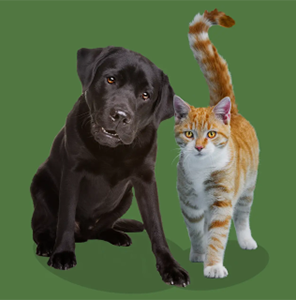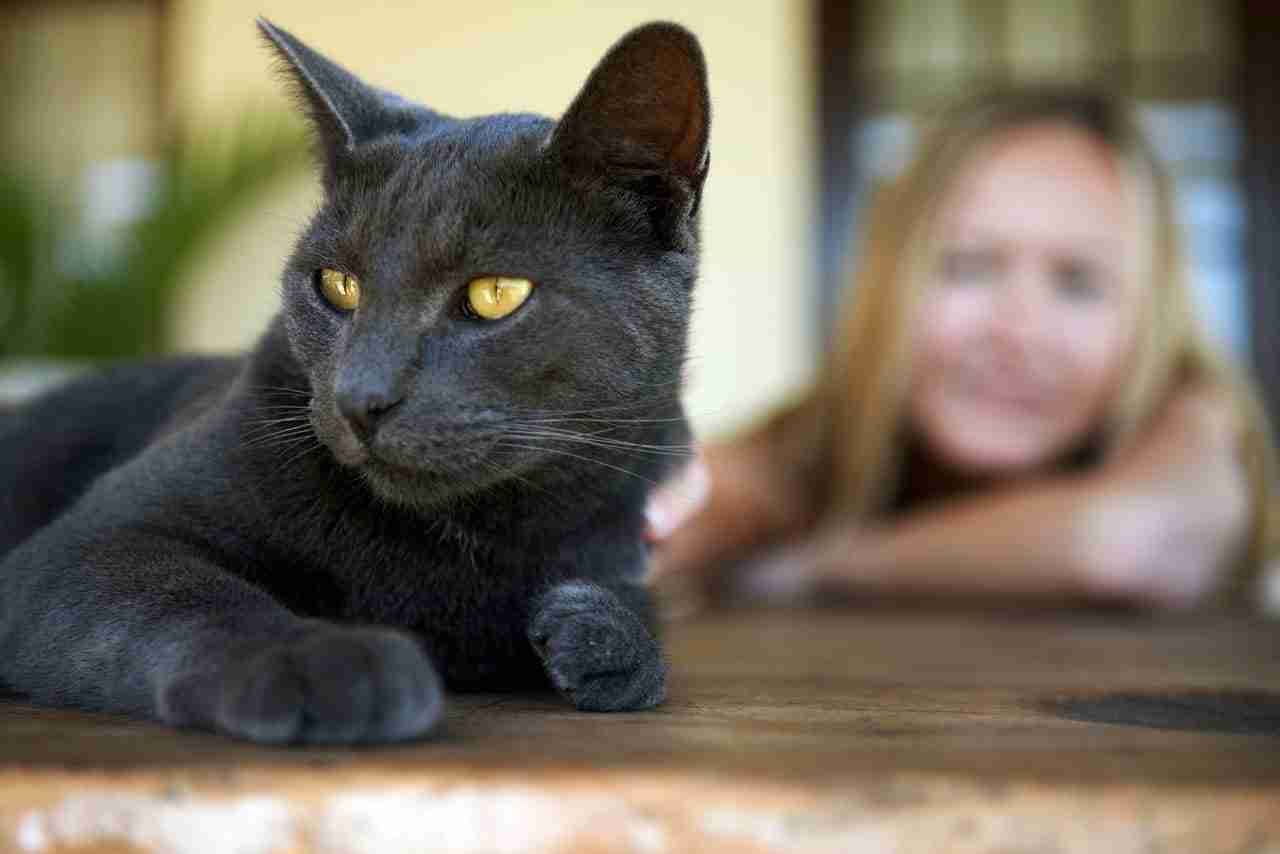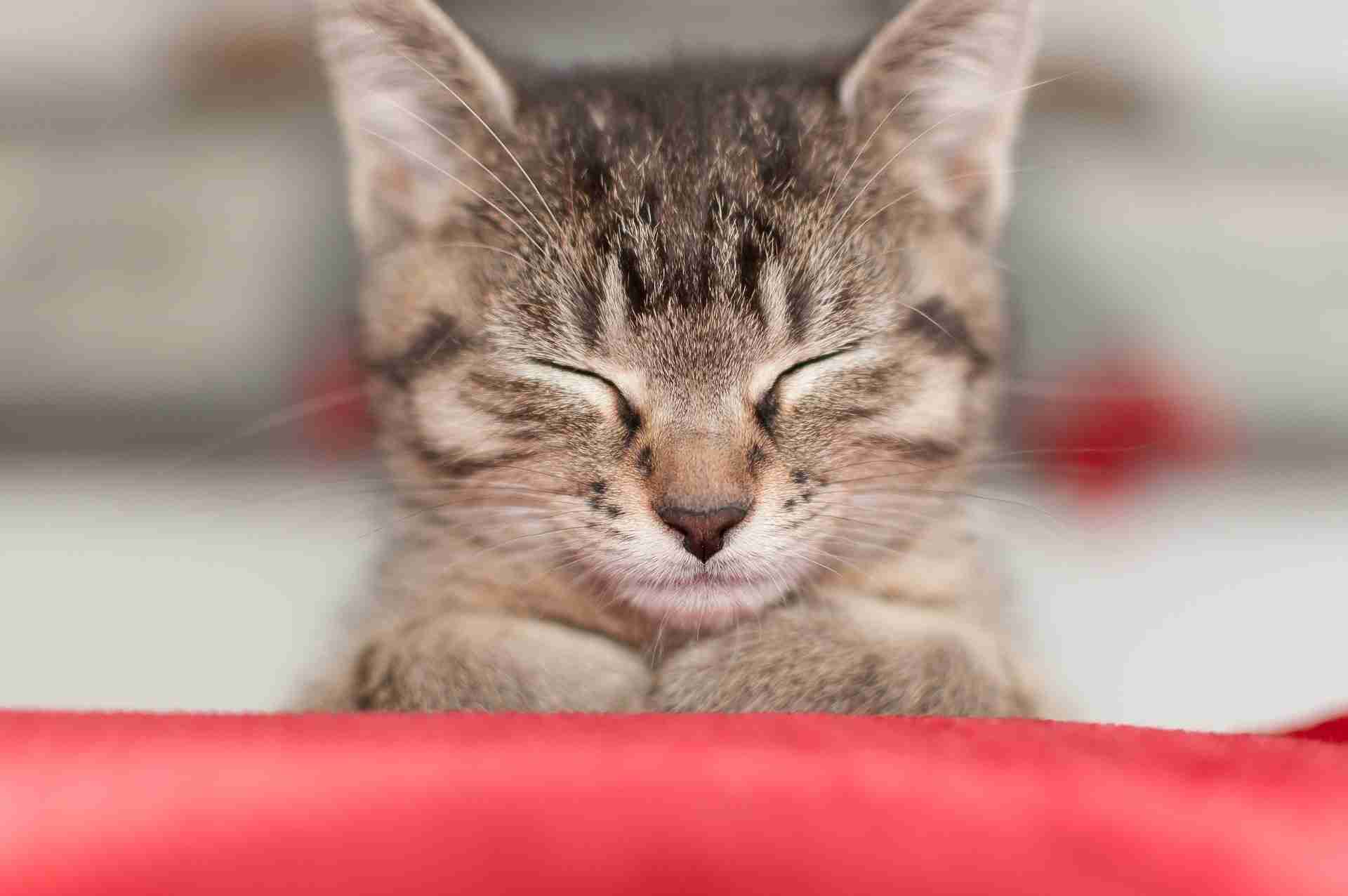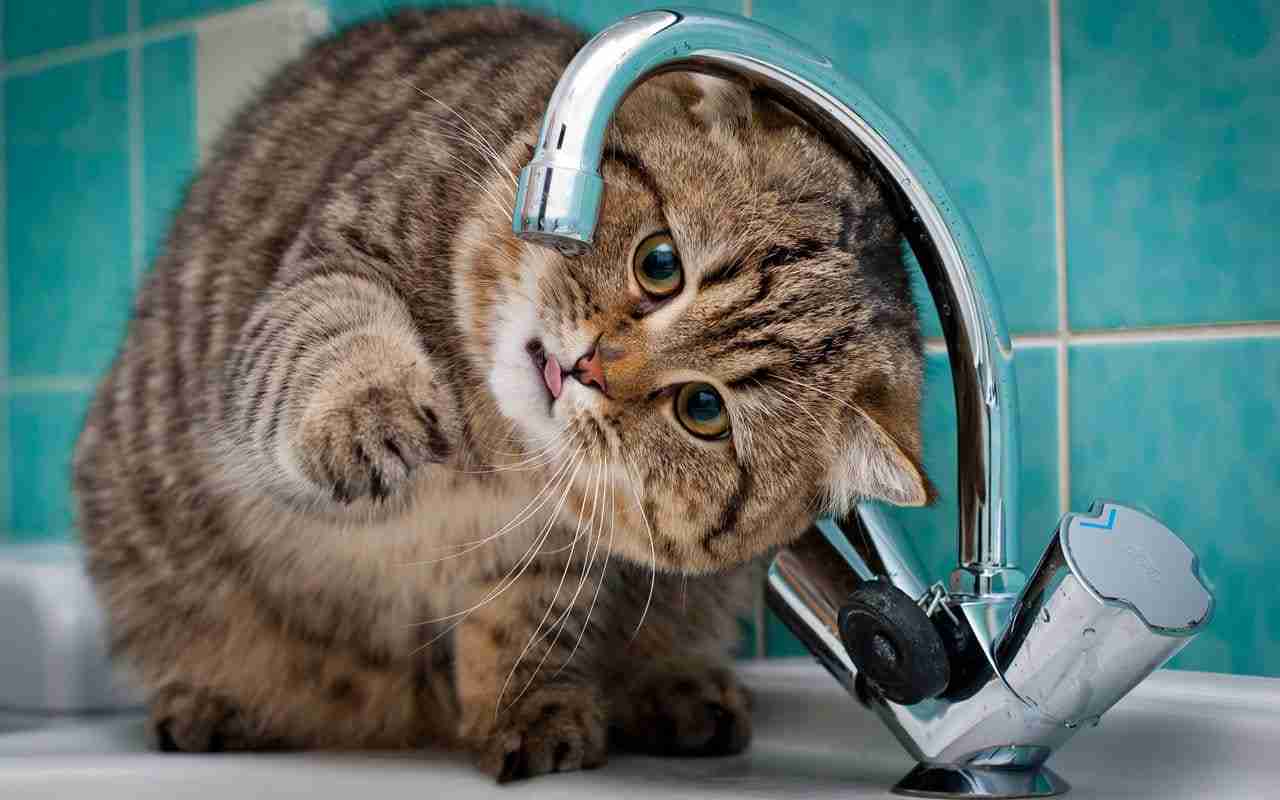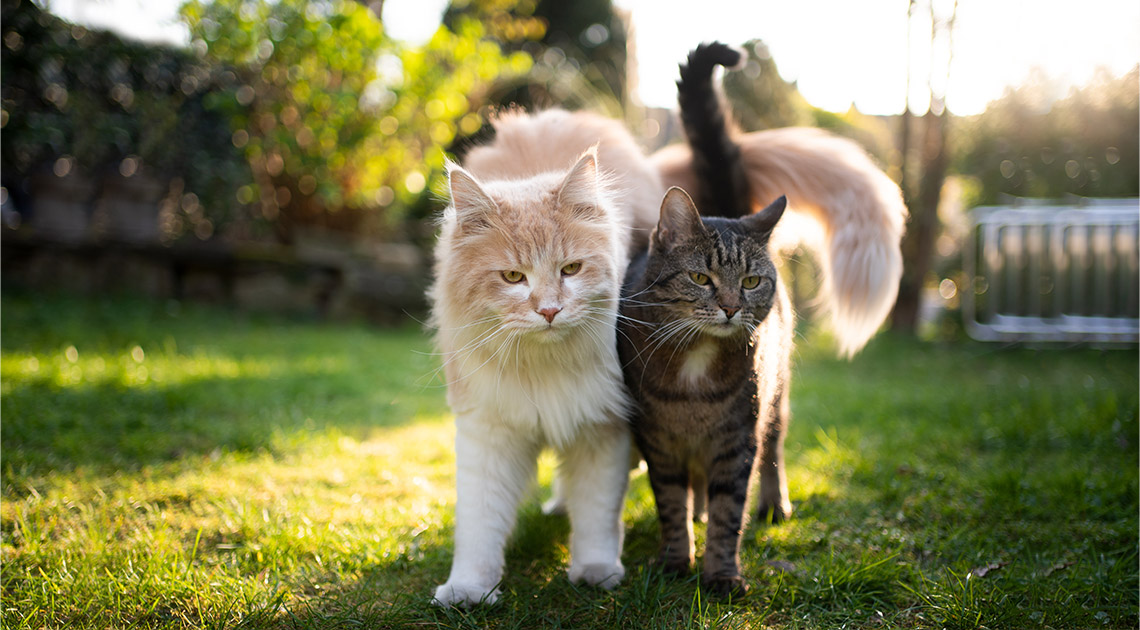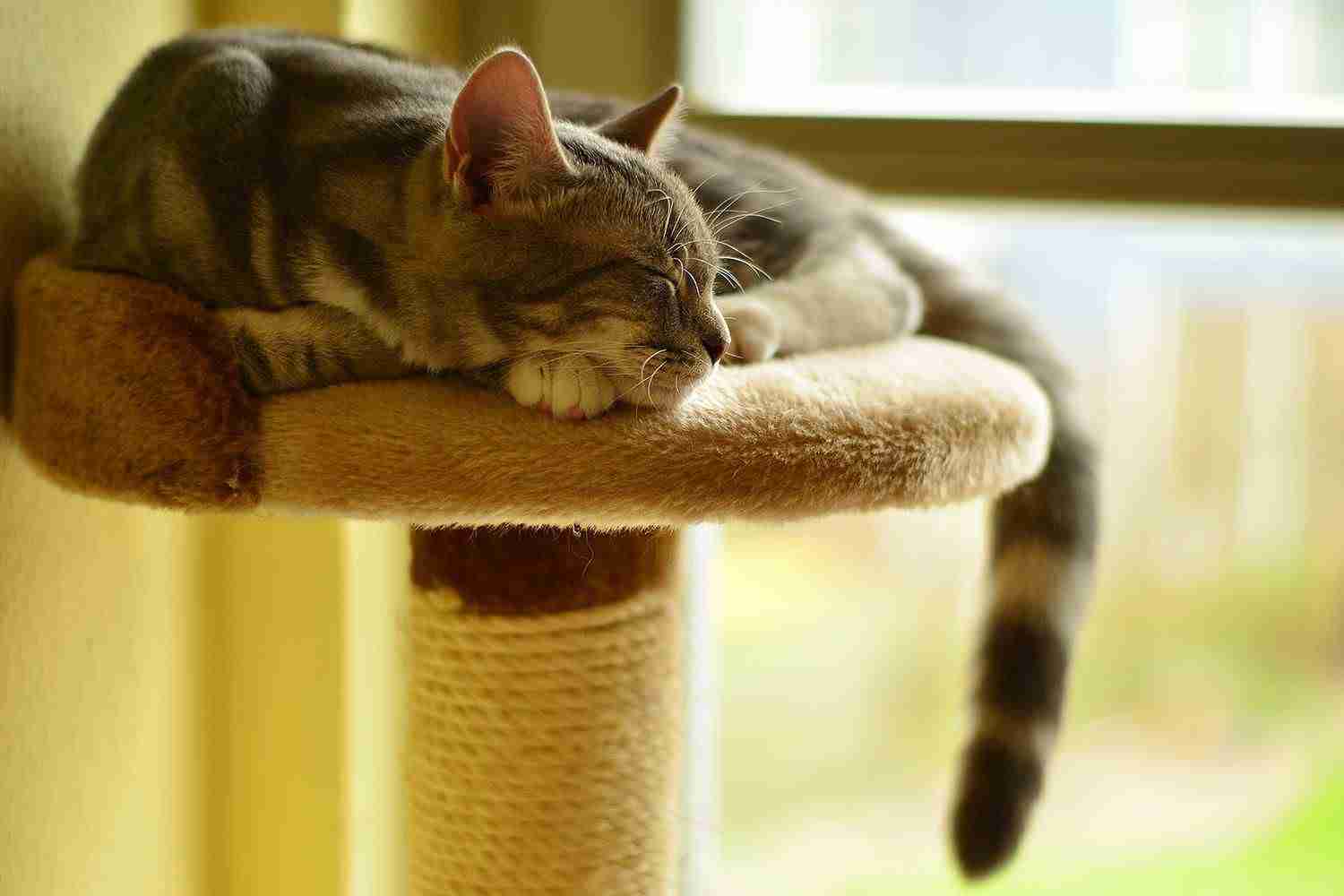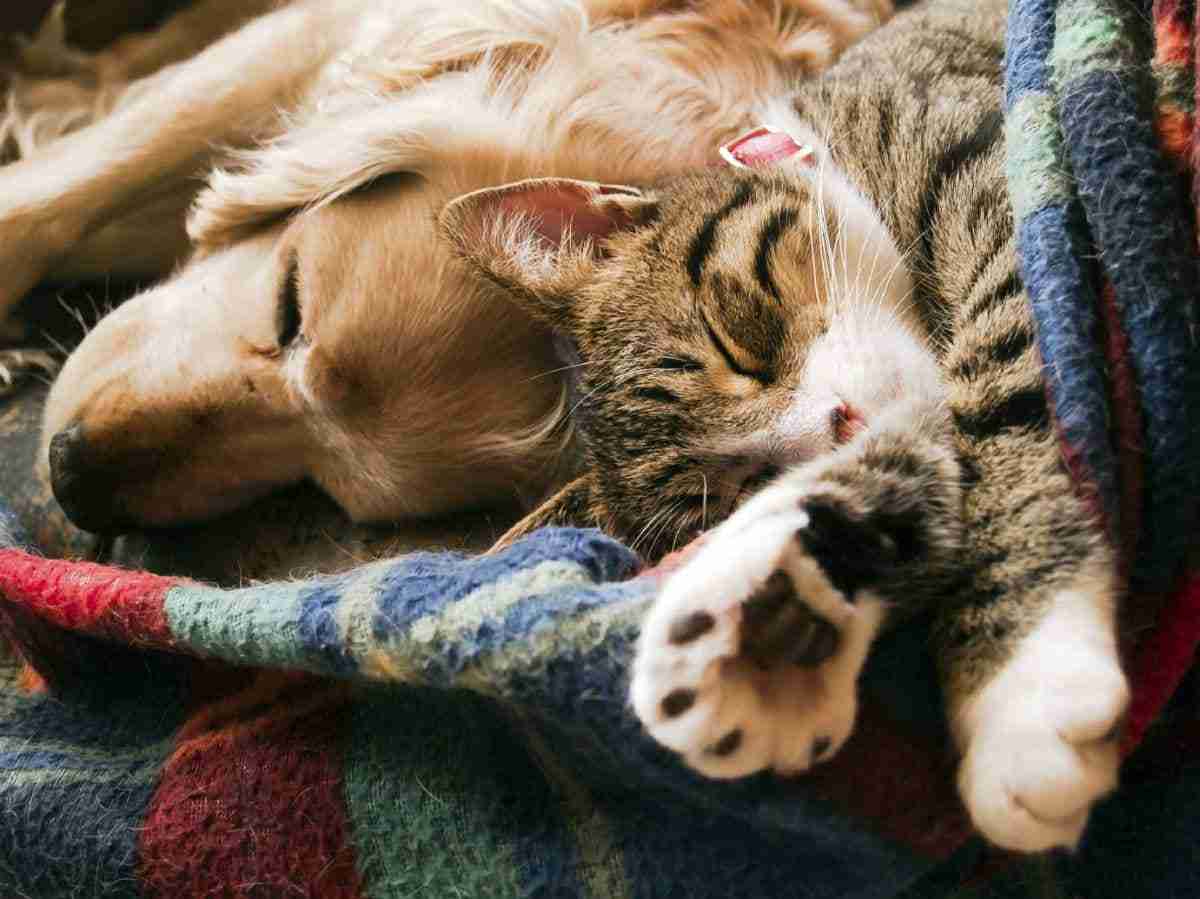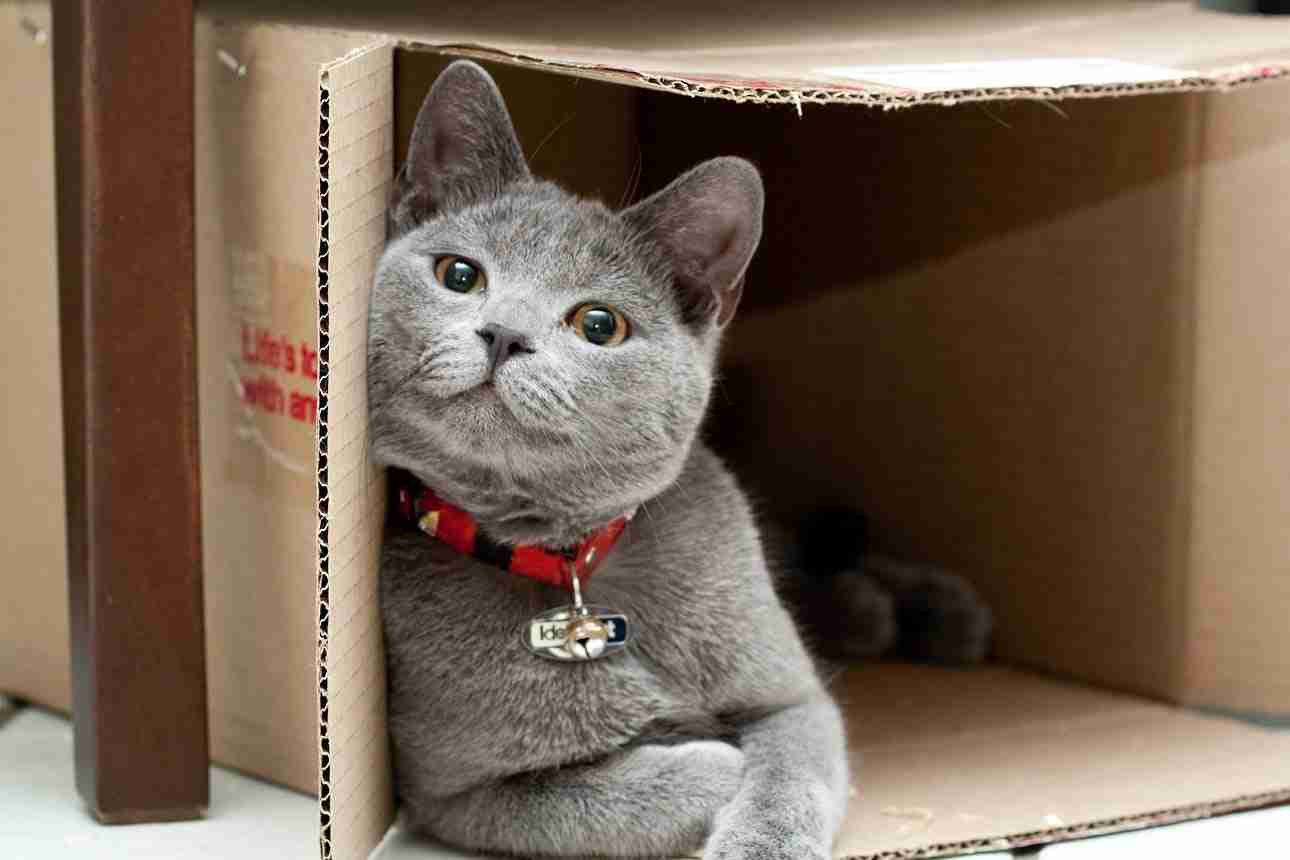Pet and owner: 5 key elements of their relationship

1. Elective Affinities
Pets ‘perceive' us in a different way, picking up our ‘secret' information from pheromones emitted by the skin. Thanks to these chemical messages our four-legged friends will understand if they can get close to us or if it is better to stay away.2. Social reference or equal?
After their arrival in the family home, a dog will automatically try to form social relationships with all the members of the ‘ family-pack' by creating different ‘roles' for each family member according to how it views them.For a cat however, the bond with its new, human owner will develop into a relationship similar to friendship: it will consider us its equal in every way.3. Not only food
It's wrong to believe that cats and dogs create closer relations with those who prepare their food.In fact, equally important in a dog's social reinforcement is the satisfaction of doing something with the owner, working towards a common goal or receiving a ‘well done' cuddle; sometimes these experiences are worth more than a thousand tidbits!Even in the eyes of our cat, we don't just represent a vending machine of kibbles. Indeed, our feline often judges us so inept in the art of hunting that it presents us with prey to teach us how to do it!4. The importance of being Ernest
We must be careful, just as in the novel quoted above, to avoid misunderstandings with our pets. For example, when we ask a dog to approach we shouldn't adopt a position that might frighten it – but use a bent forward posture – we should also avoid talking using an angry or an excessively high tone of voice. Both an incorrect posture and the wrong tone of voice are communicating that there is a danger while the words are asking him to approach the threat – these conflicting messages will be confusing for your pet!In the presence of a cat however, if we move too quickly or if we hide our hands or feet under a blanket, they could associate us with prey and attack. So reacting with a rebuke to a normal behaviour of predation can risk undermining our friendship.It's matter of…
Respect, understanding and desire to communicate: three elements that, together with affection, will ensure that the relationship with our four-legged friend works.– Respect means satisfying the behavioural needs of their species: we should ensure our dogs socialise, let them explore the environment, sniff and mark the ground. Don't impose any ‘forced' cohabitation with other animals on our cat, and provide areas for games and relaxation.
– Understanding is to try to understand that animals have emotions, moods that, at times, are like ours or sometimes typical of their species.
– Desire to communicate means to make an effort to understand their language, being informed, reading books about them, stopping to observe their behaviours without prejudice. And we should adapt our language to our animal, not limiting our communication efforts to words, but accompanying them with gestures and coherent and clear body language.

